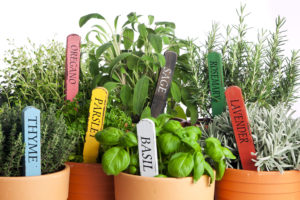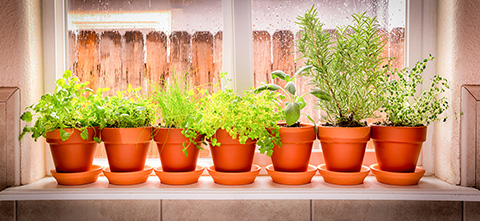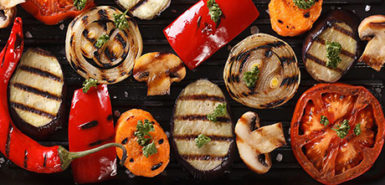
Don’t eat fat. Use less salt. Stay away from sugar. No processed foods. On and on these ‘Do not eat’ signs flash before our eyes.
But how about we stop looking at what to take out of our diets and more at what to put into our diets?
Herbs are one of the most power-packed foods out there and they often fall under the radar when it comes to giving your body a boost.
Want to use less salt, have more flavor in your dishes, and provide a dose of antioxidants to your meal? Add herbs.
Herbs are one of the highest ranked foods for antioxidants and they pack a punch of flavor to boot.
Antioxidants help fight free radicals that damage cells and cause cancers and heart disease. The ORAC scale measures the antioxidant levels of foods and, right at the top of the list, you will find various herbs. Among the best are oregano, rosemary, thyme, parsley and basil.
Get started with these 7 top tips:
- Buy or cut fresh herbs a few days before or the day you are going to use them.
- Store them in an open bag in the refrigerator crisper drawer.
- Wash and pat dry your fresh herbs just before using them.
- Use three times as much fresh herb if a recipe calls for dried herbs. For example, if a recipe includes 1 teaspoon of dried parsley, use 3 teaspoons of fresh parsley.
- Use 1/3 the amount of dried herbs if the recipe calls for fresh. For example, if the recipe includes 3 tablespoons of fresh dill, use 1 tablespoon of dried dill.
- Add fresh, freshly ground, or leafy dried herbs (basil, parsley, oregano, dill) at the end of cooking.
- Add hardy dried herbs (thyme, bay leaves, anise, caraway, fennel) near the beginning of cooking.
 /a>
/a>
 /a>
/a>
 /a>
/a>
I loved this article, more inspiration to plant a herb garden at home!
interested in some things you mentioned..